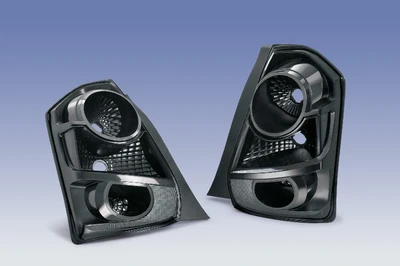

TPE (Thermoplastic Elastomer) is a thermoplastic elastomer, which is a material made by mixing synthetic rubber and thermoplastic polymer. TPE typically has similar softness and elasticity to rubber, but is more oil resistant, chemical resistant, wear-resistant, and UV resistant than rubber.
TPE (thermoplastic elastomer) and rubber have significant differences in composition, processing methods, properties, and application fields, we're diving into the exciting world of injection molding to explore the key differences between TPE injection molding and rubber molding.
Material compatibility is a crucial factor to consider when choosing between TPE injection molding and rubber molding. TPE materials offer a wide range of properties, from soft and stretchy to firm and rigid, making them suitable for diverse applications. Rubber, on the other hand, is known for its exceptional elasticity and impact resistance, making it a preferred choice for heavy-duty applications.
Production processes also differ between TPE injection molding and rubber molding. TPE injection molding involves melting and injecting the thermoplastic elastomer into a mold, while rubber molding requires heating and shaping the rubber material to achieve the desired form. These distinct processes impact the manufacturing speed and efficiency of each technique.
Cost considerations play a significant role in deciding between TPE injection molding and rubber molding. While TPE materials may be more expensive upfront, their recyclability and versatility can result in long-term cost savings. Rubber materials, while more cost-effective initially, may require more frequent replacements in high-impact applications.
Finally, application differences between TPE injection molding and rubber molding should be carefully evaluated. TPE materials are well-suited for applications requiring flexibility and customization, such as consumer goods and medical devices. In contrast, rubber materials excel in heavy-duty applications where durability and resilience are paramount, such as automotive components and industrial equipment.
In the consumer goods sector, TPE injection molding is often used to create soft-touch grips and handles for easy-to-use products. Meanwhile, rubber molding is ideal for producing robust casings and covers that protect electronic devices from impact and wear.
The showdown between TPE injection molding and rubber molding has revealed the unique strengths of each process. By understanding the differences in material compatibility, production processes, cost considerations, and application suitability, manufacturers can choose the right molding technique for their specific needs.
So, whether you're looking to inject some flexibility into your product design with TPE injection molding, overmolding with hard plastic or add a touch of durability with rubber molding, rest assured that both methods have their place in the exciting world of injection molding.
Please contact us for more support to help you develop TPE plastic injection molded parts or rubber parts, our email address is yoyo@hanking-mould.com。
.jpg)






 Call us on:
Call us on:  Email Us:
Email Us:  No.23, XingYi Road, Wusha Community, Chang'an Town, Dongguan City, Guangdong Province, China.
No.23, XingYi Road, Wusha Community, Chang'an Town, Dongguan City, Guangdong Province, China.